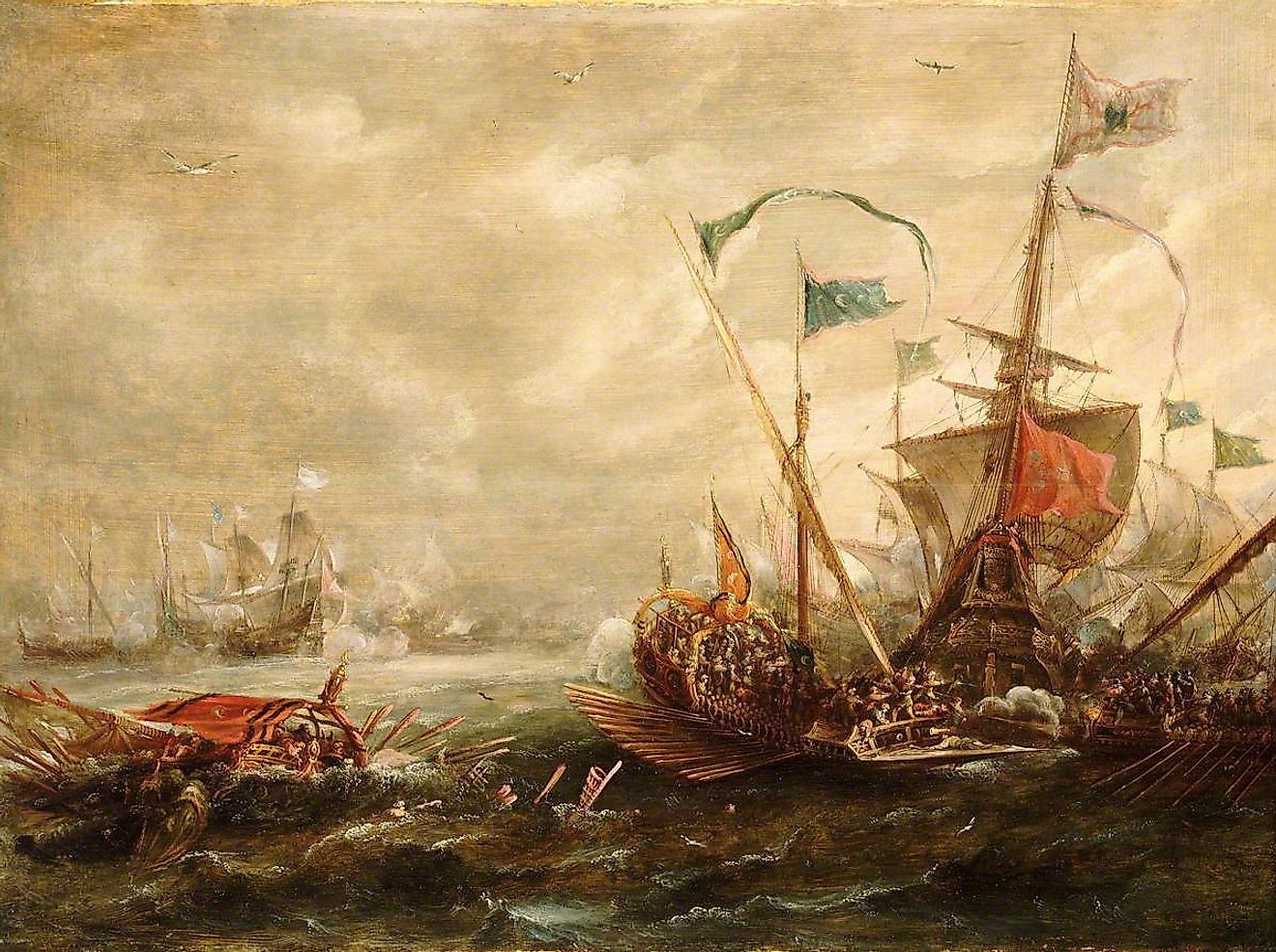
Barbary Pirates: The Raiders Who Terrorized the Mediterranean For Centuries
Piracy, especially in the Western context is usually associated with the kind of pirate typical within the Caribbean and the New World roughly between 1650 - 1730. These swashbuckling outlaws are infamous for living a rough and renegade lifestyle fueled by boarding and raiding unexpecting trade ships carrying gold and silver on their way back to Europe.
While there is no denying the implicit excitement of this period, a much less commonly known "golden age of piracy" was taking place right on Europe's backdoor all while Blackbeard and William Kidd were gallivanting across the high seas.
The Barbary States were a loose collection of Muslim states operating out of Algiers, Tunis, Tripoli, and Morocco between the 16th and 19th centuries. Praying primarily on merchant vessels and ships owned by private citizens, these corsairs were not just looking for booty and riches but also slaves to be brought back to market and sold for profit.
Middle Ages
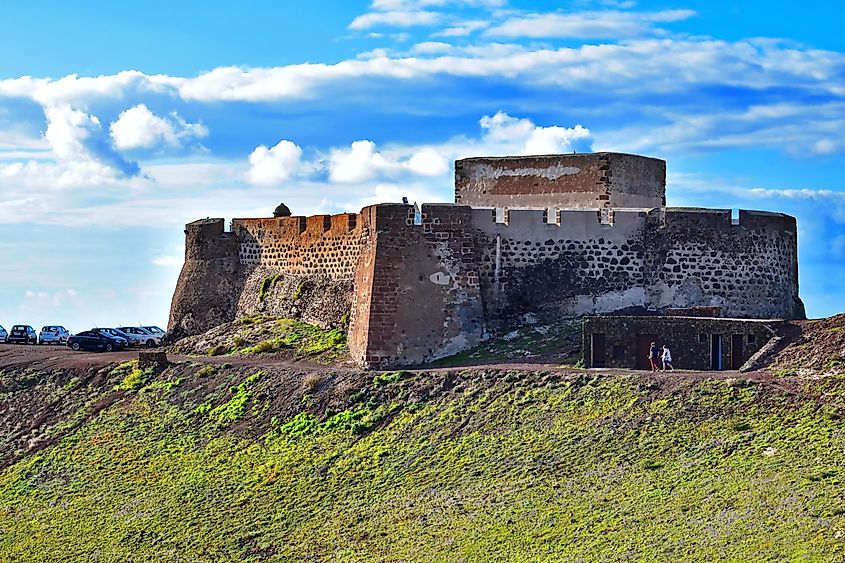
Piracy emanating from the North African region truly began in the Middle Ages. At the dawn of the 13th century, the increase of Barbary raids was so severe and frequent that the Trinitarians, a Catholic holy order was founded to help combat the problem.
While the primary goal of the Trinitarians was to fend off slave raids using military strength, this often was not the case. The Barbary pirates were able to strike along the coasts of Spain, France, and Italy with such speed and ferocity that the Trinitarian often responded to attacks much too late. In most cases, the Trinitarians showed up days after a village had been sacked or looted.
The Trinitarian's primary use of function was to pay ransoms for captured prisoners or to even offer up themselves to take the place of an innocent who had fallen into Barbary captivity. The attacks became such an issue that a joint French-Genoese force attacked the city of Mahdia in North Africa in hopes of slowing down the pirates.
Ottoman Influence
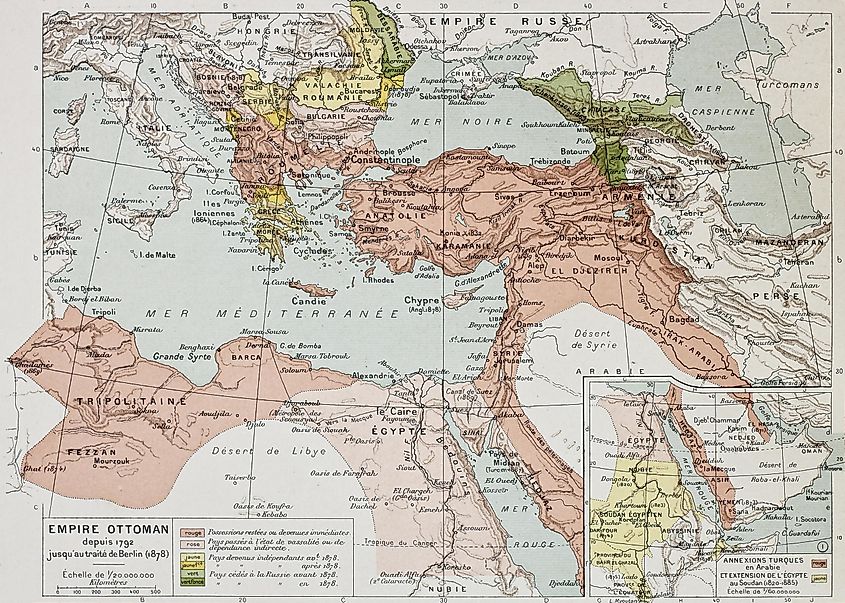
The true golden age of Barbary piracy did not begin until they came under the fold of the Ottoman Empire in the late 15th century. After the fall of the Eastern Roman Empire in 1453, the Ottoman Turks expanded with astonishing speed across the Balkans, Middle East, and North Africa.
While the Ottomans never conquered the region, the Barbary States did enter into a kind of informal vassal state in which they would help the Ottomans indirectly by raiding and disrupting European shipping.
Not only did this new arrangement provide the Barbary States with a powerful new ally who was likely to come to their aid in the event of retaliation from the European empires, but it also gave them direct access to the vast Ottoman slave markets. With the blessing of the Ottomans the Barbary Pirates were now free to roam the Mediterranean and beyond in search of vulnerable coastal settlements ripe for plundering.
Raiding Around the World
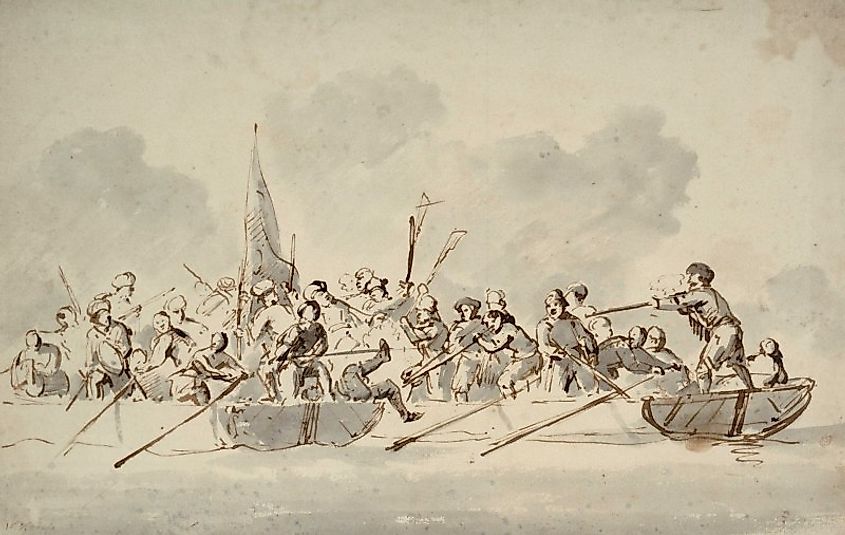
The reach of the Barbary Pirates at their height of power was nothing short of astonishing. Large fleets of galleys, a slow-lying, fast-moving ship that was exceptionally maneuverable in shallow waters were the main mode of transportation for the pirates.
This allowed them to strike coastal towns and villages with lightning speed and gave them the upper hand when evading or fleeing from any naval force that was sent to pursue them. A Barbay attack usually happened with little warning and lasted only a few hours. A day at the most. While this is considered to be agonizingly slow by modern standards, the lack of easy communication during this time period meant that any organized response to pirate raids was delayed and often ineffective.
Barby Pirates raided all along the coast of the Mediterranean and beyond. In some instances, particularly in Italy, entire coastal regions were left desolate and sparsely populated. The pirates had developed a reputation for exceptional violence and cruelty over the centuries and many common folk were not keen to witness this depravity firsthand.
Barbary raids were not just isolated to the Mediterranean however. Attacks from the Barbary States reached as far north as the British Isles and even Iceland on occasion.
The Economics of Piracy
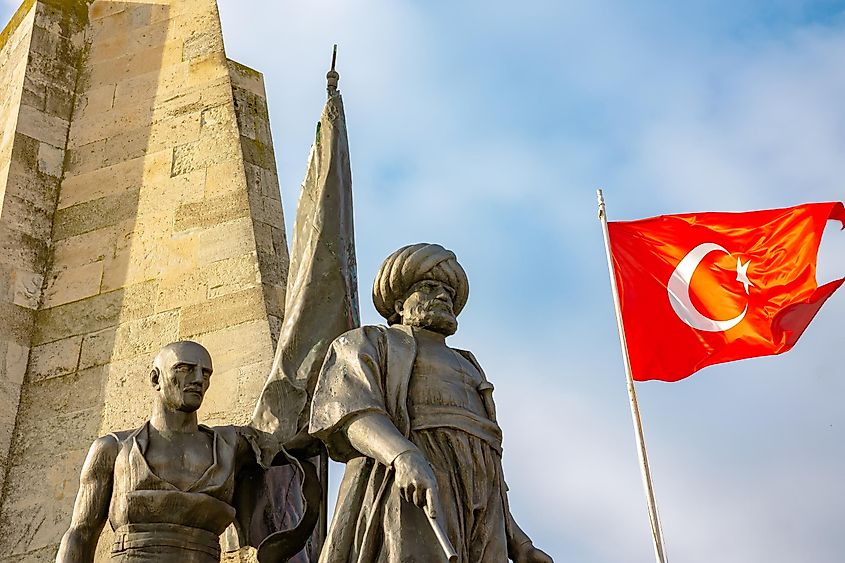
It might seem like a grand exaggeration, but the vast majority of the local economy of the Barbary States was solely dependent on raiding and the slaves that were brought back as a result. Raids were treated like any other business at the time. Most raids were supported and funded by a handful of rich benefactors who would supply the pirates with money to buy ships, men, and weapons. In return for their investment, they would receive a portion of the profits should the raid be a success.
Certain pirates gained infamy over the years for many reasons but the most famous of the bunch was the four Barbarossa brothers. Oruç and Hayreddin, two of the brothers, set the bar quite high for the other pirates who were to follow in their footsteps.
Both of the brothers reached such a level of power and influence that they became indispensable assets against the wars with the Knights of St John. The Knights of St John were a Catholic military order that operated out of the island of Rhodes. They proved to be a particularly stubborn and bothersome adversary of the Ottomans before they were finally vanquished in 1522 AD with the assistance of the Barbarossa brothers.
A Slow Decline
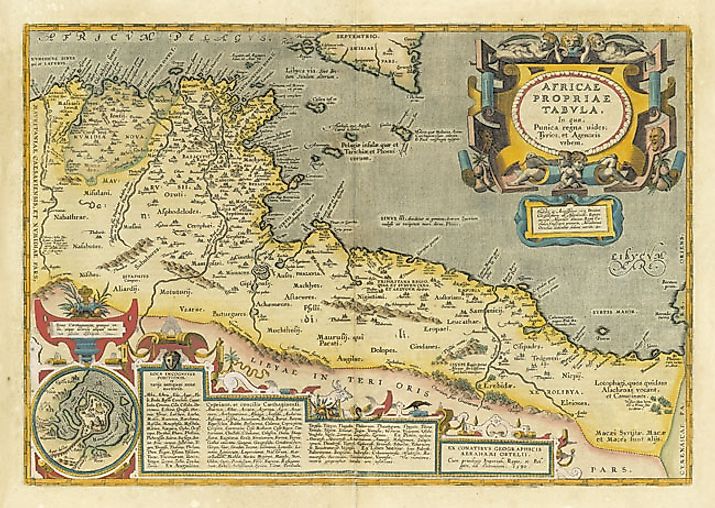
As the empires of Europe began to slowly grow in power, new measures to put into place to help fend off most Barbary raids. Firstly, naval technology developed to the point where the average ship of the line in any European navy was much too formidable and dangerous to approach. Not only were shipping lanes much better protected but so were coastlines.
New systems were put in place to help secure the coastlines of European nations from raids. This was also aided by faster-moving ships that were equipped with state-of-the-art weapons that could easily push aside a Barabry ship should they ever come into contact with one.
European powers eventually took it upon themselves to stamp out this threat once and for all. The Barbary Wars, taking place between 1800 - 1815 were a series of conflicts between Sweden, Sicily, and the United States against the Barbary States resulting in a defeat for the pirates.
Attacks against Barbary strongholds only continued in the coming decades with Great Britain bombarding cities along the Algerian coastline. This all culminated in 1830 when France began to colonize the region.
For nearly 200 years the Barbary States acted with near impunity. Backed by the Ottomans and spurred on by new economic prospects presented with their loose alliance with the empire, the pirates had all the motivation they needed to raid in search of riches and slaves.
However, by the middle of the 17th century, the Barbary States had failed to keep up with the times. The technological breakthroughs made by the navies of the United Kingdom, France, Spain, and the United States made it nearly impossible to launch the same daring attacks that they once had. Slowly but surely they were isolated and eventually conquered in the early 19th century.











